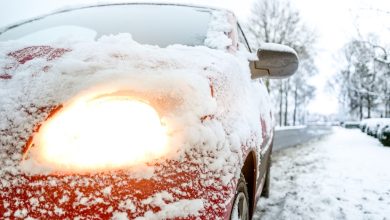Simple Device but Works Critically

Radiator Cap: Radiator cap can be compared as an aspiration device of the engine cooling system. It’s simple in design and cheap in price but takes responsibility of several thousand dollars.
Function: The role of the radiator cap is to keep constant pressure in the engine cooling system. It also prevents air intrusion in the system. As the engine warms and coolant expands over limit then radiator cap allows coolant to bypass to reserve tank. When it cools and a vacuum is created in the system then the pressure cap allows coolant to enter in the system.
Construction: Radiator cap has two spring loaded valves and one valve open by pressure other valve opens by vacuum. When coolant expands to its requisite pressure then the pressure valve of the cap opens and allows coolant to enter the reserve tank. When coolant temperature drops and a vacuum originates in the system then the vacuum valve opens to allow coolant to enter in the system from the reserve tank.
Radiator cap specifications: Generally radiator caps pressure rating varies from 4 to 30PSI but mostly13 to 16 PSI rating caps are used in automobiles, high performance or racing caps ranges from 19 to 32 PSI. In normal atmospheric pressure water boils at 212 0F but for each PSI pressure boiling point goes 3 0F high. At 16 PSI pressure water boiling point rises up to 260 0F. Which greatly increases the cooling capacity of the cooling system and reduces water loss.
Conclusion: Radiator cap is a vital element of the cooling system. A defective or wrong radiator cap can cause overheating or engine seize. So the radiator cap must be checked regularly.



